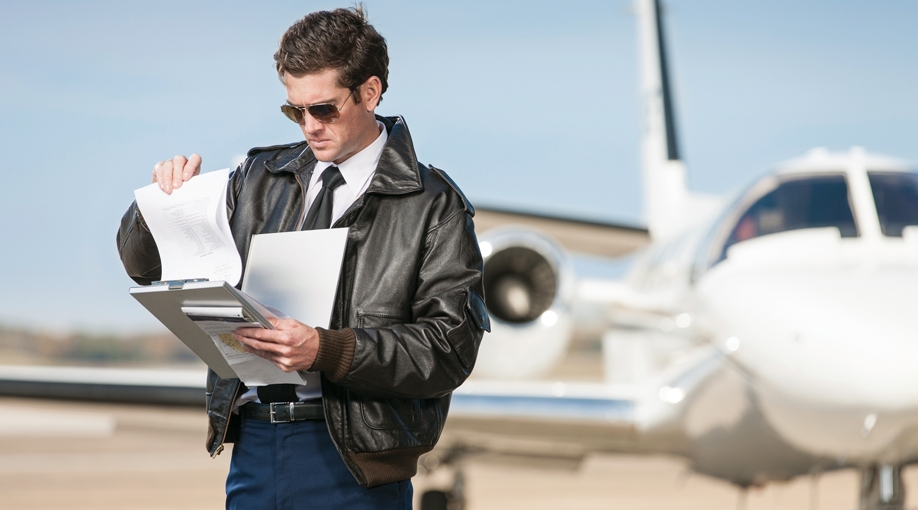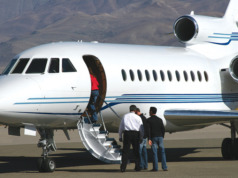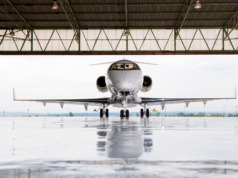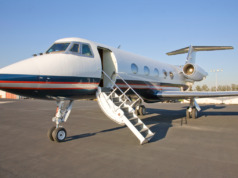
Buying your first turbine aircraft is both exciting and challenging. In addition to the myriad of details your broker or dealer will give you, three require your special attention.
Get a Pre-Buy Inspection
It’s human nature to try to save some cash on your purchase. One of the worst places to do so is by skipping the pre-buy inspection. Don’t get lulled into a false sense of security if you’re purchasing an airplane from an individual you’ve known for many years, or even from a company with an excellent reputation. That airplane could have a problem unknown to the seller that goes undetected during the sales process. Protect yourself with a thorough pre-buy inspection conducted by a certified Airframe & Powerplant (A & P) technician who is experienced with the make and model of the airplane you’re buying.
Not a quick “once over,” a pre-buy is a complete check of the aircraft. It likely will take two or more days; five is not uncommon. In addition to a hands-on mechanical inspection of all systems and parts, it will include an examination of all the maintenance documentation, any damage history, as well as whether this particular airplane’s maintenance has conformed to the manufacturer’s warranty program.
Register Your Aircraft With the International Registry
The International Registry (sometimes referred to as “Cape Town”) was established in 2006 as part of the Cape Town Conventions, in which a group of cooperating nations decided to share aircraft registry information in response to a rapidly growing cross-border market. Virtually all turbine aircraft are subject to the International Registry (IR) and lenders will require it.
The IR does not replace U.S. registration, but supplements it by giving the aircraft owner a way to stake a worldwide financial claim on a particular airplane. Administered in Dublin, the IR exists only on the Internet.
Creating a new user account with the IR can be daunting, and easily can take three to four days. Because of the time differences, contacting the IR early in the morning is best. You can hire a professional – such as a title and escrow service – to register on your behalf.
Buy Title Insurance
While title insurance is optional if you are buying an aircraft in the United States, it is highly recommended. It is vital if you are purchasing an aircraft that ever was registered outside of the U.S.
Unlike other forms of insurance that protect you from events after your purchase, title insurance protects you from events prior to purchase. Nearly all lenders require title insurance, and you should too.
While title insurance is issued after thorough examination of private and public records, even the most careful search is not an absolute guarantee that there are no title hazards. For example, there may be errors in legal records, an impersonation of the former owner, a forged title or bill of sale, missing heirs, a title signed by a married person without the spouse’s knowledge or consent, or outright fraud.
And when purchasing an aircraft from another country, you are at risk of liens showing up after the purchase is complete, due to worldwide lien rule variances. Not only would this put a cloud on the title and have an impact on your ownership interests, but unsatisfied claims made in other countries can allow an entity to seize a subject aircraft if and when it visits that country.
Time and timing is critical. If you can outsource some of these responsibilities to experienced professionals who handle these transactions regularly, it would be penny wise to do so. BAA
Adam Meredith, President of AOPA Aviation Finance, connects owners and pilots with aircraft finance lenders. With more than 15 years’ experience in the finance industry, he holds both an MBA and an MS in Finance.




